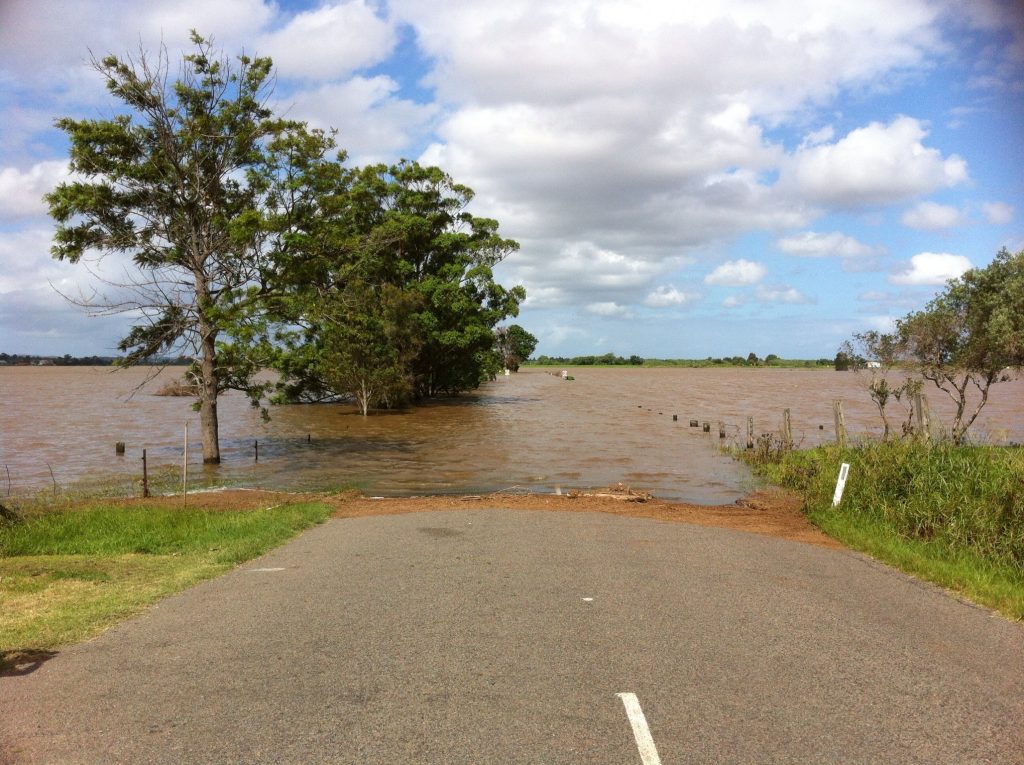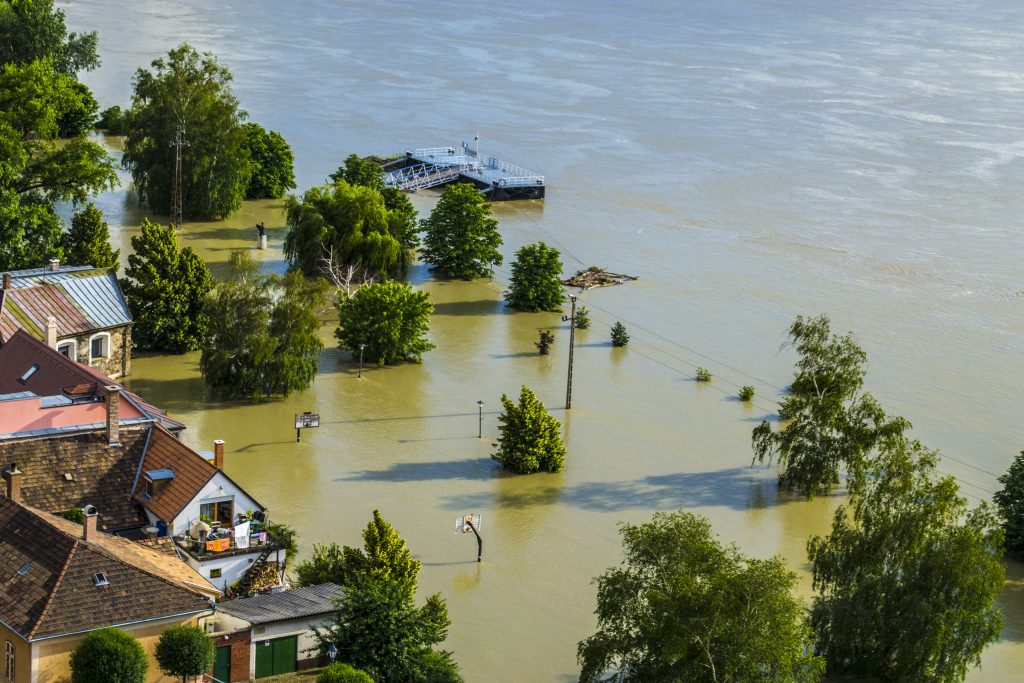James Savage, University of Bristol
Paul Bates, University of Bristol
Jim Freer, University of Bristol
Thea Hincks, University of Bristol
DOWNLOAD
THE CHALLENGE
Floods are a major natural hazard that have affected millions of people throughout the world. Accurately predicting current flooding is critical in helping to mitigate against the impacts that flooding may have in the future. Computational hydraulic models are powerful tools that allow flood events to be simulated and mapped to understand areas that are at the greatest risk of being flooded. However, these models can take a long time to run, meaning that their use for real time decision making can be limited, especially when running multiple simulations to understand the uncertainty of the prediction. One solution is to run models at a coarser spatial resolution, which reduces the run time of a simulation, but the effect of this alongside other uncertainties is unknown. This project applied novel approaches developed elsewhere in the CREDIBLE project to investigate how uncertainty and model spatial complexity trade off against each other in making probabilistic flood inundation predictions
WHAT WAS ACHIEVED
Our results allow modellers to identify the simplest and most efficient model capable of achieving a specific levels of accuracy. By using the simplest acceptable model users then have the time to undertake more testing and analysis, and to better characterize how likely errors in model input data will affect the quality of the predictions. By applying our methods to the Carlisle 2005 flood event we were also able to demonstrate how complex hydraulic models can be utilised more quickly to allow their predictions to inform real time decision making.
HOW WE DID IT
We took a state of the art flood inundation model developed at the University of Bristol and applied this to simulate a flood in the Imera River in Sicily for which we had high quality terrain data and observations of the maximum water height at various locations within the basin. We developed multiple models of this site at grid scales of 10m to 500m and looked at how the importance of different sources of error changed with grid resolution. We were able to show that for the very highest modelling scales increasing grid resolution gave no improvement in predictions when other errors were taken into account. In effect we showed that errors in e.g. model inflow meant that the apparent benefits of increased resolution were spurious beyond a particular threshold.
We used a new Global Sensitivity Analysis technique developed elsewhere in CREDIBLE to explore how influential spatial resolution and resampling of a fine scale Digital Elevation Model (DEM) are when compared to uncertainties in the Manning’s friction coefficient parameters and the inflow hydrograph providing the boundary conditions. We found that the sensitivity of flood inundation models to these different factors was far more variable in space and time than was previously known.
In combination, these methods allow us to identify the simplest and most efficient model capable of achieving specific levels of accuracy taking all model errors into account.
Finally, we used a flood inundation model that was trained on a simulation of the Carlisle 2005 flood and built up a catalogue of possible flood events by running many more model simulations. We then used Bayesian Belief Networks to provide very quick estimations of flood hazard across Carlisle. When coupled with decision theory we showed how these probabilistic predictions could be used to identify whether roads at risk of flooding should be closed in advance of a flood event occurring. Similar approaches could enable flood inundation models to be more widely adopted for real time flood decision making into the future.

